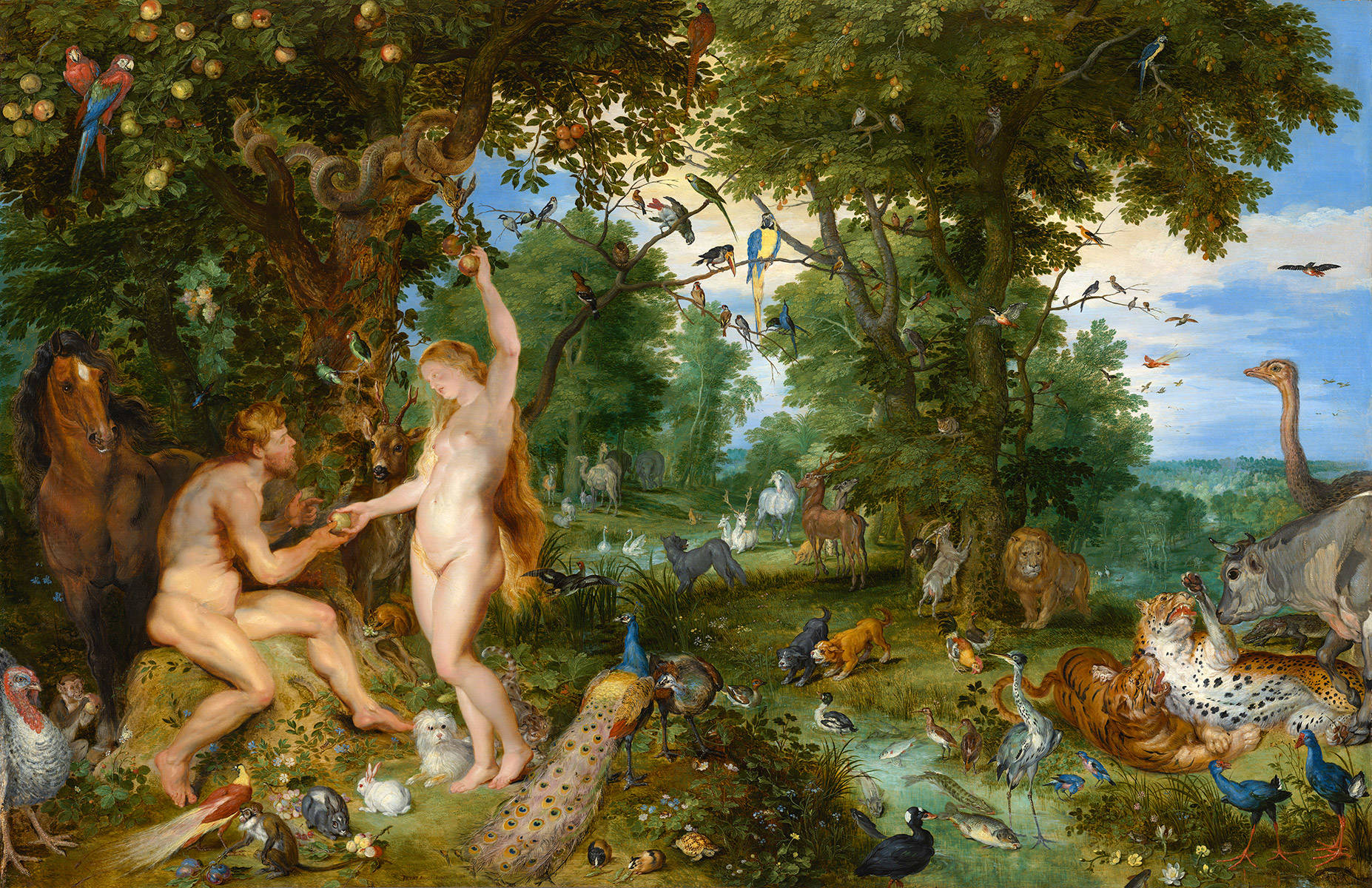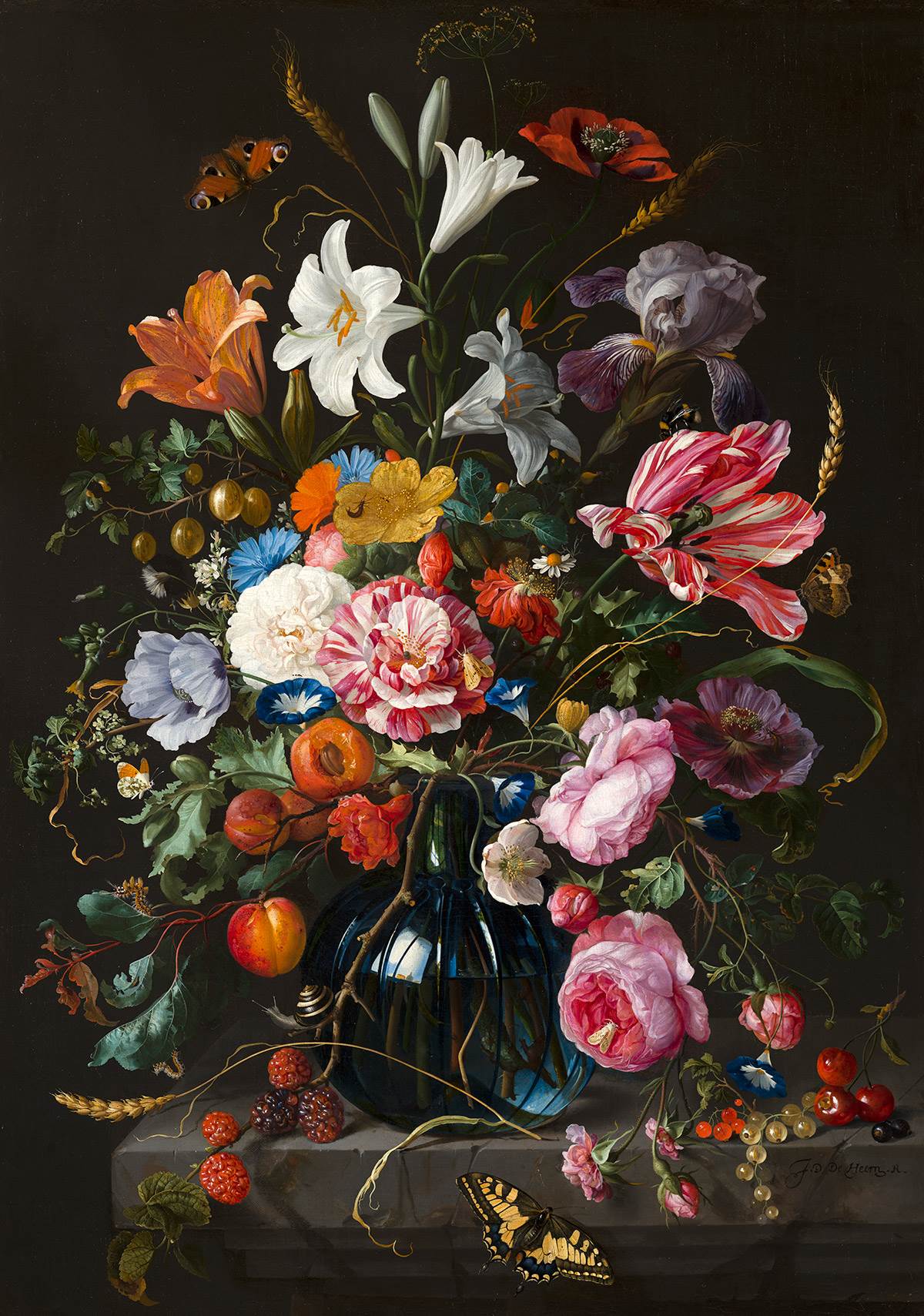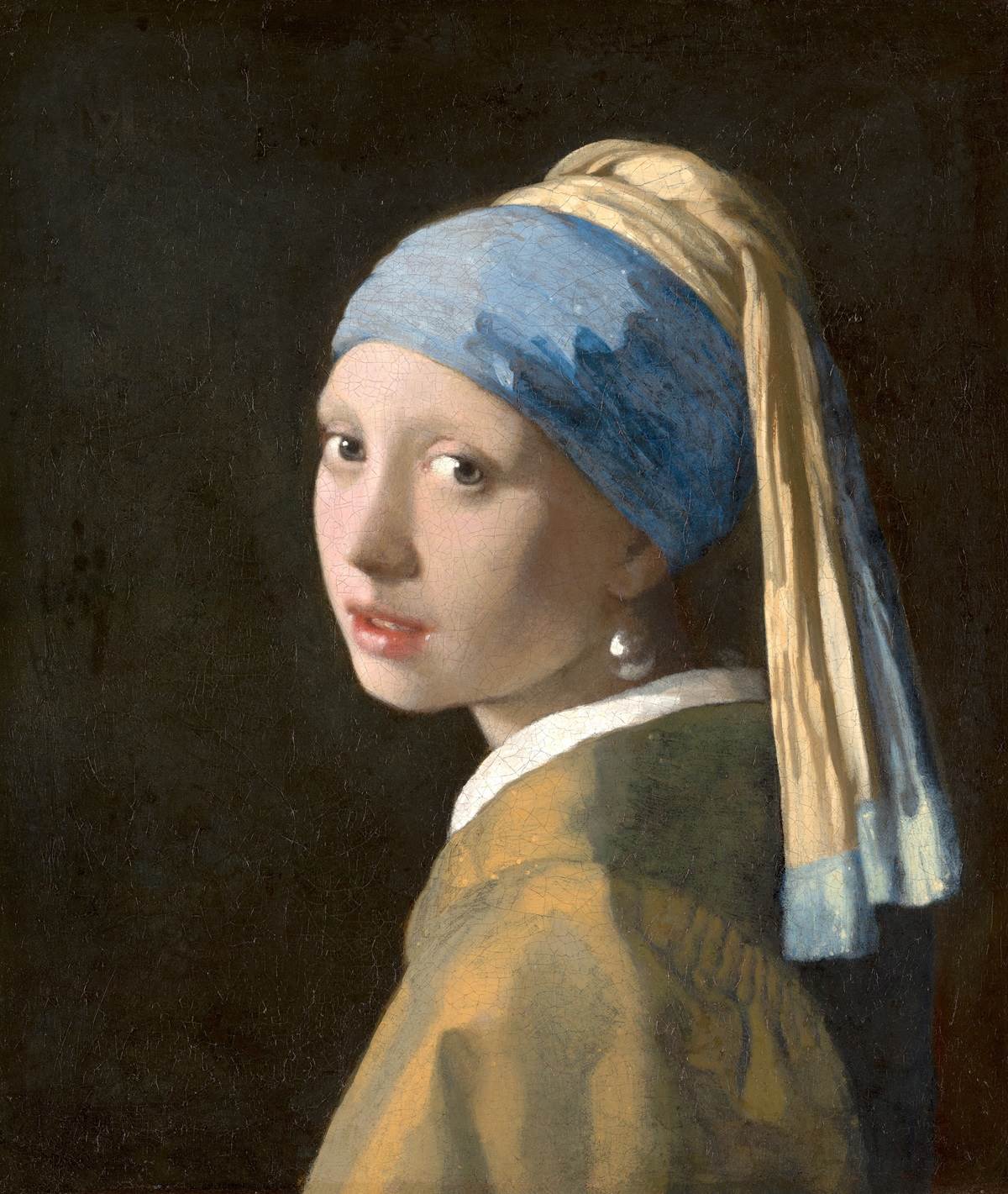Children’s author Sjoerd Kuyper wrote a story to go with The Bull. It’s the story of the frog sitting on the ground in front of the bull. It starts like this:
I have travelled the world in a hat. The journey began in the spring of the year of Our Lord 1647, and ended a day later. So, also in the spring of the year of Our Lord 1647, just a day later. It’s been seven years already. Friends, where does the time go? This is my story. I was sitting in the reeds along the canal, singing my song for the lady frogs. A barge pulled up, a man came ashore and out shot his hand. He grabbed me, placed me on his head, put his hat on and everything went dark. He was a kind man. He had nice hair to sleep on. Every now and then, he would take off the hat and feed me some mosquitos. He grabbed them out of the air. He had quick hands. I would take a look around and I saw a lot, but nothing in particular. I saw the meadows that I knew, cows grazing, a blue sky with dark clouds on the horizon, birds full of song. I was happy when the hat went back on. Then I could go back to sleep or listen to what the people were talking about.
But how does the story continue?
What do you think happens next? Tell each other your version of the story!
And if you want to know how story ends in Sjoerd Kuyper’s version, you can buy a copy of the Mauritshuis story book.




























